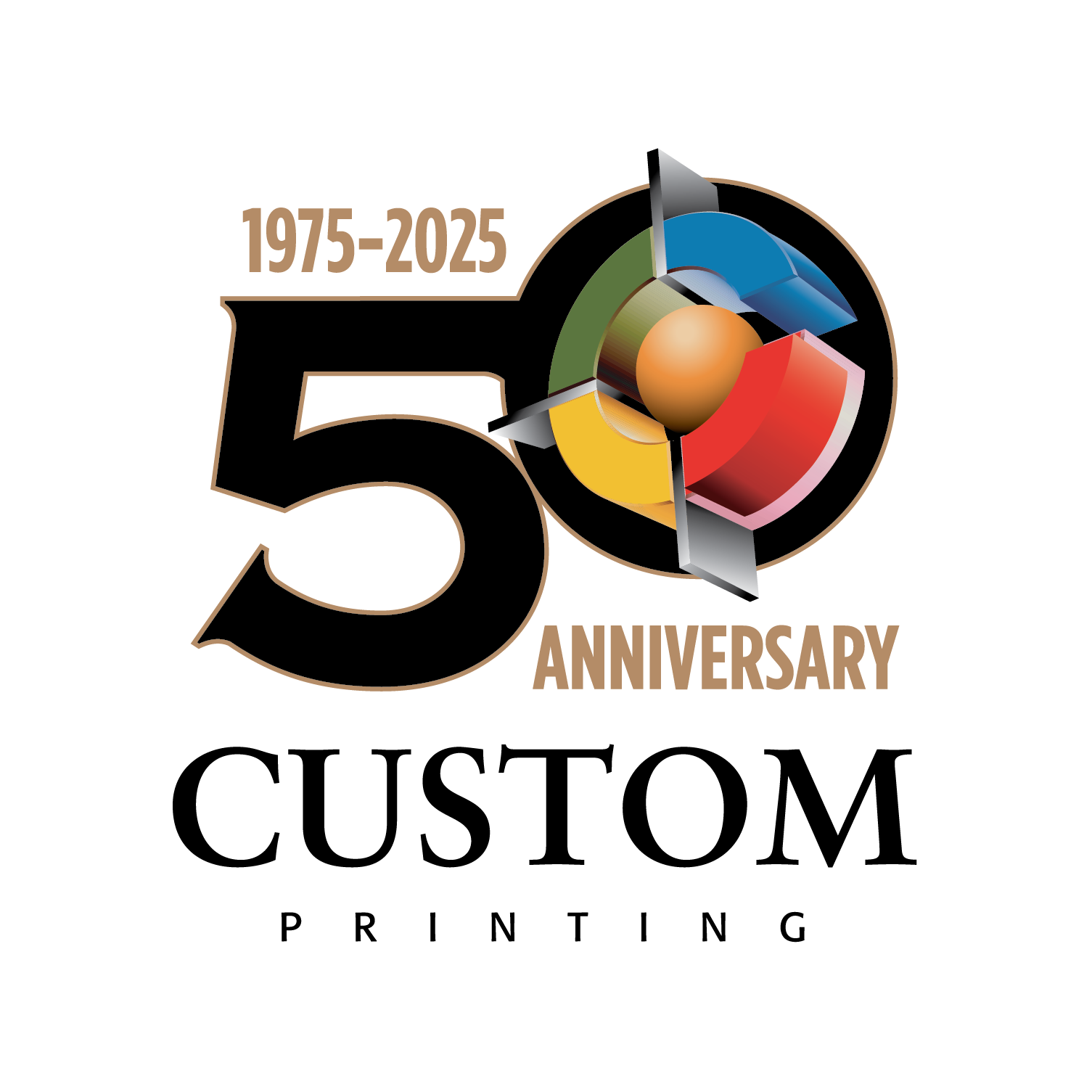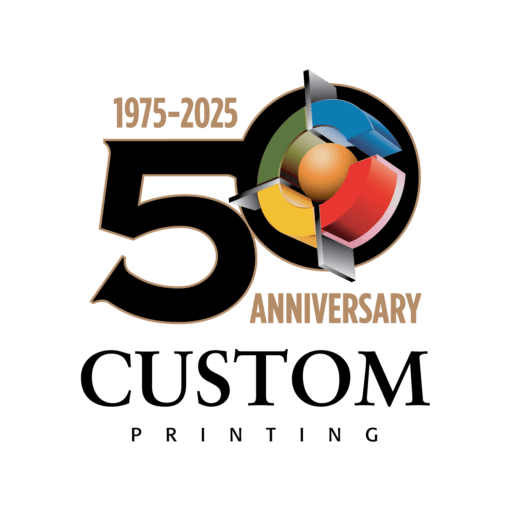Digital printing has moved in and established itself as the primary form of paper print production for everyday work, and that makes a lot of sense given that most of the print work tends to be smaller jobs that need heavy customization and similar. As computer and office technology continues to advance into more and more flexible platforms, digital printing will continue to be the go-to platform as it has already. The above said, this method has its limitations to be aware of. Here are some of the pros and cons of the format and what to plan for if considering a big print job.
Digital Printing Advantages
On the plus side of things digital print production tends to provide the best representation of color possible. In addition, there is very little if no variation at all within a production run. The consistency generally hits the 100 percent mark from one output to the next. This is ideal when one wants to make sure the quality level is at par for every package distributed, such as in a business plan meeting with executives and stakeholders. Digital printing also involves a minimal amount of dot gain which, in essence, produces a better-looking product on paper. Given that the artwork or image file prepared is at a high-quality level, this method will produce the same. Most times issues with lower quality output are associated with the source file itself not being produced at a high enough detail level.
Digital printing production also provides several advantages that keep the cost down as well. One key factor is that plates do not need to be involved. This step requires a significant cost for set up otherwise. Digital press machines are extremely fast often running like high-speed copier machines. And when a print proof is needed prior to the full production being started, proofs are easy to generate without much trouble, simply being run off the source image just like the rest of the production would be. There is no cost loss on prototype plates being manufactured and lost when the output does not match what was expected.
Finally, one of the key benefits of this type of print-making involves how fast changes can be made within a production run. New labels and features can be swapped out in minutes versus full day long shutdowns otherwise. This provides an incredible ability to accommodate last-minute spec changes in projects or adjusting for resource changeouts. And, when it comes to labeling, digital printing allows variable input data to be worked with, such as utilizing unique labeling information drawn from a database versus a single file source. This speeds up labeling production exponentially as plates do not need to be created for each label set. The printer just has to be sure the current database is the one needed to run the current job. Because of the incredible flexibility above, this method allows for very short lead times, which makes it a go-to platform for last-minute jobs that only have a few days for setup.
Disadvantages to Consider
Super-size projects are not going to work well with this method. Digital presses, the workhorse equipment of digitally-based print shops, do well when they are running jobs with 10,000 to 15,000 copies or less. That’s because they are running at a production speed of 15 fpm. When a job gets well above 15,000 it makes a lot more sense to consider other types which can easily put out 300 to 500 fpm instead. The setup cost might be notable upfront, but the traditional print speed more than makes up the issue when running 100,000 to 500,000 prints, for example.
On the output quality side of things, the ink activity on these prints utilizes CMYK. Metallic inks are not possible; they simply do not work with digital presses. Additionally, if your print product is to be used as labeling with a direct contact with food, many digital inks are not allowed under Food & Drug Administration regulations for food packaging. Special inks must be used for such packaging, which do not work on these presses either. Also note where you have folding involved in the output, digital methods may not work so well. That’s because the ink does not fully absorb into the paper involved, so when it is folded the top layer exposes the unsaturated paper underneath and the fold crease.
The durability of printing products from digital printing is weak and vulnerable to sunlight, fading as a result. This does not happen with offset ink or flexographic ink that comes with traditional prints. For documents, this issue probably not a problem as most documents are kept in office settings and folders. However, if your print needs to be on packaging and products, the detail will fade faster than desired without a UV inhibitor included in the ink.
Changing colors and trying to achieve various levels of opacity can be more challenging with these print methods. While the color range of digital print uses CMYK better than other options, trying to generate custom colors can be hard. The limitation has to do with the fact that this method is limited to a four-color universe where traditional printing does not have such a handicap. On the opacity side, some jury-rigging of how the ink is applied must be consciously worked to achieve results. This can drive up labor costs a bit as a result.
Finally, digital print-making only works on certain paper type. The range of paper that one can use for digital printing is not as robust as that for traditional options, including some of the magazine-style paper and durable sign types.
Relying on Professional Help for Your Next Job
Because Custom Printing incorporates over 45 years of work with commercial print production, our team can navigate both digital printing as well as traditional options for your documentation or labeling job. We provide an expert level understanding of how digital and traditional printing work so we can help you with your next job and providing the best output possible. Instead of guessing based on price alone or someone’s past job by word of mouth, give Custom Printing a call first so we can help you see all your options for your next job, whether using this method or another option. You may be surprised at what is possible, including what can save you money as well.

